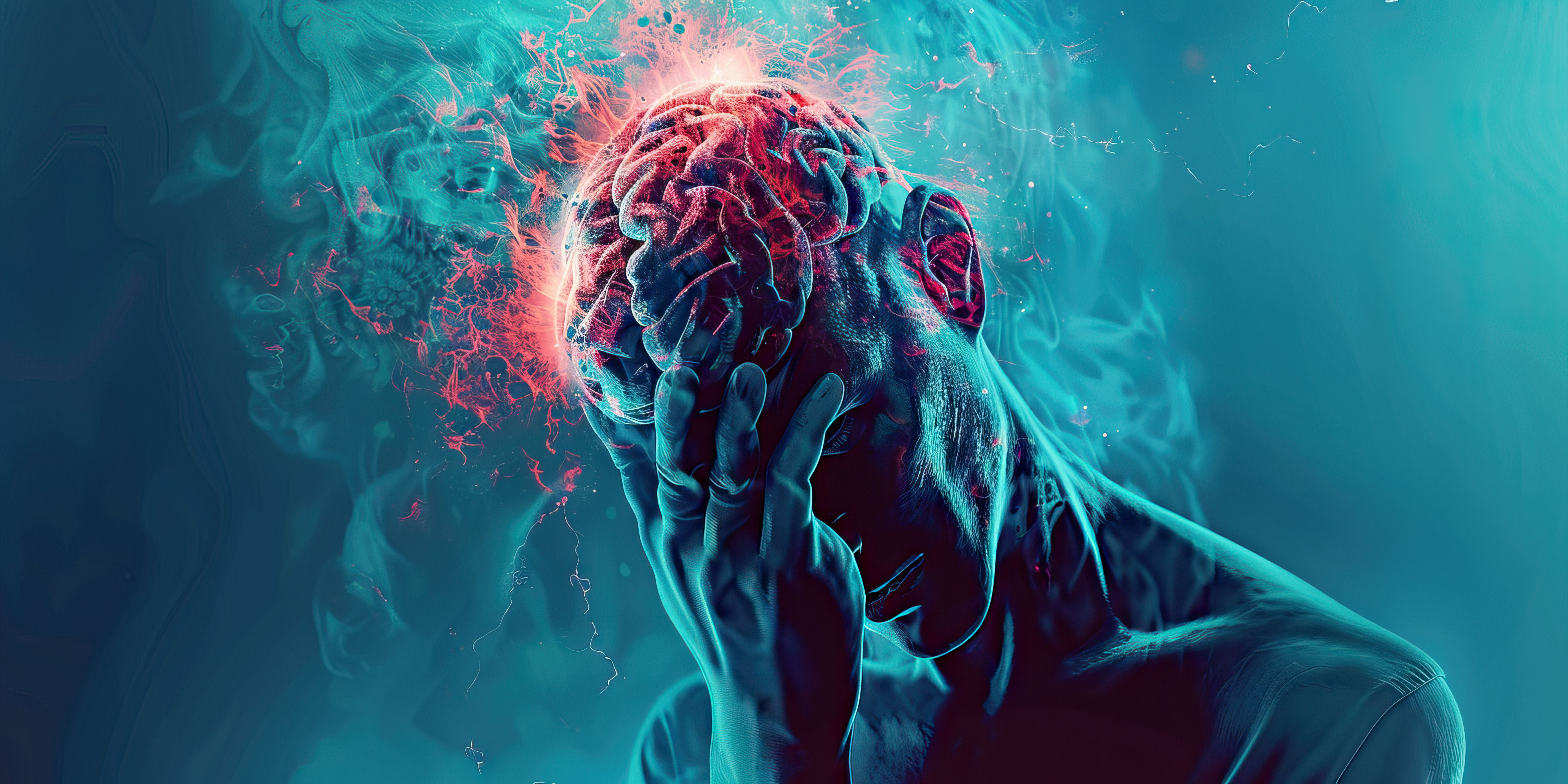Video
Sleep and Wakefulness Signals in Insomnia
Drs Paul Doghramji and Leslie Citrome discuss the sleep and wakefulness signals and pathways that contribute to insomnia.
Paul Doghramji, MD, FAAFP: Give us an overview of the commonly used pharmacologic agents for insomnia, like the benzodiazepines, the nonbenzodiazepines, etc. Can you go into them please?
Leslie Citrome, MD, MPH: I think in order to fully understand the options available, you have to understand how people sleep. Basically there are 2 competing circuits in the brain. One of them I’ll call the sleep circuit, the other one is the wake circuit. Either the sleep circuit is stronger than the wake circuit and you’re asleep, or the wake circuit is stronger than the sleep circuit and you’re awake. It’s basically a flip-flop switch. You can’t be both asleep and awake at the same time. So once that’s understood, and I explain this to patients, I say, “In the past the medicines you’ve received have been pressing on that sleep switch, making you feel tired and overcoming your wake drive, and you fall asleep. Actually, your brain may be working overtime.” There’s research to support that assertion, that people with insomnia disorder have an overactive or excess wake signal. Probably a more physiological approach would be dialing down that wake signal so that someone could fall asleep at night faster, remain asleep throughout the night, and wake up at a reasonable hour in the morning. By dialing down the wake signal, that’s a whole new approach.
This is where the new drugs come in. The Z-drugs and the benzodiazepine pressed on that sleep switch. The dual orexin receptor antagonists dial down the wake signal. They work by antagonizing orexin receptors. Orexin receptors and orexin, the neurotransmitter, is relatively new. I didn’t learn about it in medical school. I learned about at the turn of the century. That’s around the time they discovered this; they discovered orexin as the neurotransmitter whose job it is to keep us wake. The orexin signaling is strong during the day and is a little less so at night when we’re asleep, but people with insomnia disorder may have an increased wake drive. One way of [dealing with] it is antagonizing the orexin receptors and helping patients fall asleep faster and remain asleep longer.
Paul Doghramji, MD, FAAFP: So our understanding of insomnia is that there’s nothing wrong with our ability to get to sleep in a sense, but rather that we’re having trouble taking away that part of our brain that’s keeping us awake, too much wakefulness. Isn’t that what’s going on basically, is that correct?
Dr. Leslie Citrome: I think so, for many people that’s the problem. If you measure their brain waves when they’re supposed to be sleeping or falling asleep, they’re more active than someone who is falling asleep normally. Their metabolic indices, if you measure all that, they are very similar to someone who’s awake rather than asleep. All this is supporting the idea that people with insomnia disorder need to dial down their wake signal, and that may be more physiological. Also, the dual orexin receptor antagonists don’t alter the sleep architecture in a deleterious way, so this may be a more normalizing way of addressing insomnia disorder.
Paul Doghramji, MD, FAAFP: A novel way of treating insomnia where we’re not basically working on the majority of the brain with benzodiazepines and GABA [gamma-aminobutyric acid] receptors but rather only targeting a very small area of the brain that is involved in orexin.
Transcript edited for clarity






